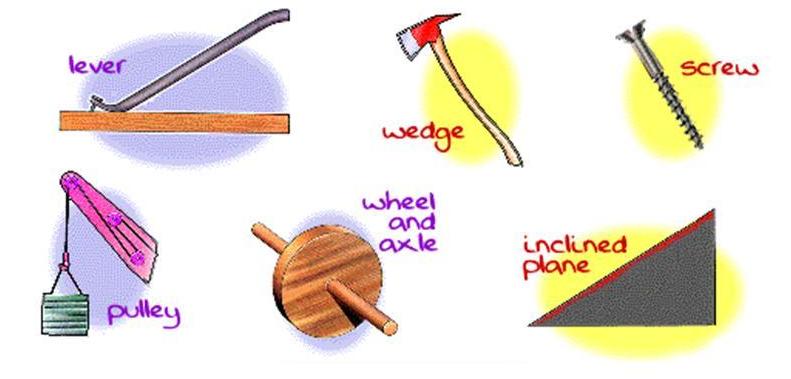Simple machines are everywhere. They are the building blocks of many of the machines we use to make our work easier.
A simple machine is any device that changes the magnitude or direction of a force applied to it. They are the simplest mechanisms that can make work easier by providing a mechanical advantage.
Simple machines include wedges, levers, pulleys, wheel and axles, inclined planes, and screws.
Simple machines can be used in combination to provide an even greater mechanical advantage. When simple machines are used together, they form a compound machine.
We make use of various simple machines in the kitchen. Below are some examples of these simple machines.
1. Knife
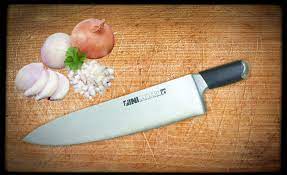
A knife is an essential tool in a kitchen. We use it to cut through food when preparing it. It is also an example of a simple machine known as a wedge.
The blade of a knife is made up of two inclined planes that form a wedge. The wedge is the sharp edge that is placed on an object.
When force is applied to the knife, the force drives the wedge into the object and causes it to cut through the object.
Related Post: 12 Inclined Plane Examples at Home
2. Cheese Grater
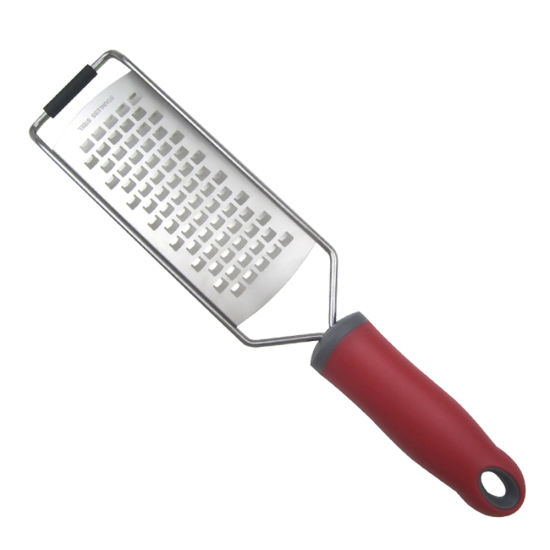
Fancy a pizza? There’s nothing quite as tasty as melted grated cheese on a pizza.
You’ll need a cheese grater to produce those little pieces of cheese from a block of cheese.
Graters are a simple machine. They are an example of a wedge. They consist of many small wedges that protrude from the surface of the grater.
These wedges cut through the cheese block when force is applied to the cheese grater.
3. Spoons
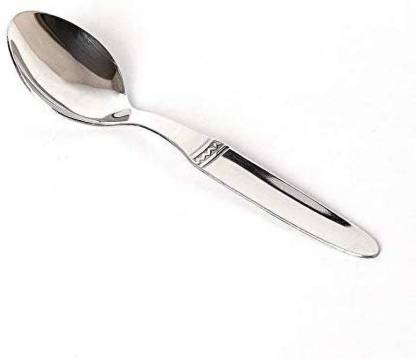
Want to dig into a bowl of soup or dish out some food? Spoons are a necessity in food preparation as well as when eating.
Spoons are an example of a third-class lever in which the effort is between the load and the fulcrum.
The load is the food in the bowl of the spoon. The effort is applied by your fingers near the top of the spoon and the fulcrum is at the top of the spoon.
4. Bottle opener
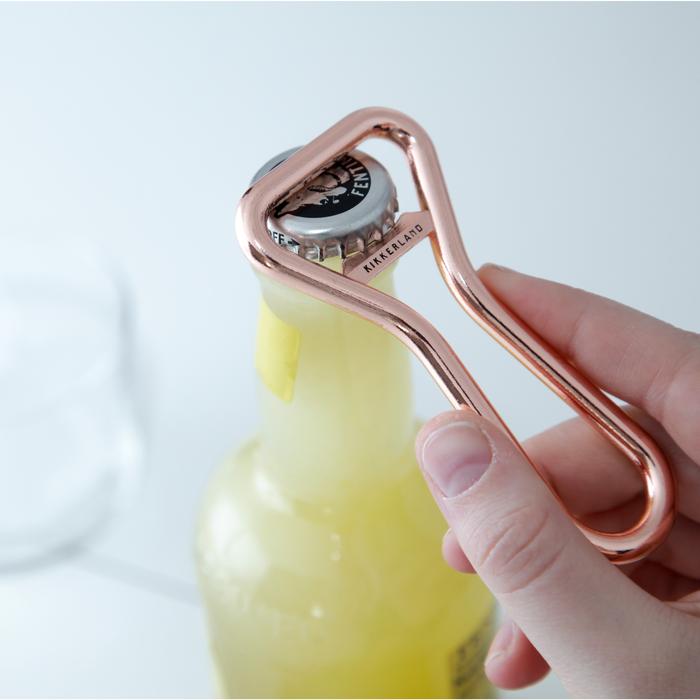
There’s nothing like a cold beverage to quench your thirst on a hot day. You’ll need to grab a bottle opener to take that cap off so you can enjoy that cool drink.
A bottle opener is an example of a second-class lever in which the load is between the fulcrum and the effort.
The fulcrum is at the tip of the bottle opener. The load is the bottle top that is wedged into the crown of the bottle opener. The effort is placed at the handle of the bottle opener.
5. Broom/mop

After you are done with the kitchen, you’ll need to clean up the floor.
A broom or mop is a common cleaning utensil in kitchen pantries.
Brooms and mops are examples of third-class levers. The load is at the bottom of the broom or mop.
The fulcrum is near the top of the broom where you place your hand to support the broom while sweeping.
The effort is applied by your other hand near the middle of the broom.
6. Oven door
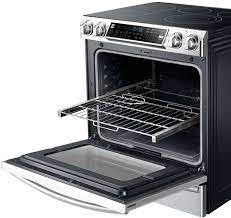
When you want to check on items that you are baking in an oven, you grab the handle of the oven door and pull the door open.
An oven door is an example of a simple machine. It is a second-class lever in which the load is between the fulcrum and the effort.
The fulcrum is the hinges of the oven door and the load is the oven door.
The effort is applied to the oven door’s handle which is near the top of the oven door.
7. A simple kitchen faucet
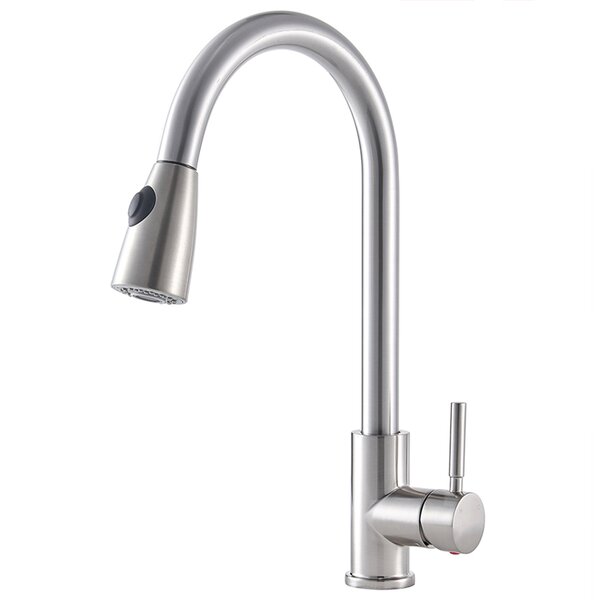
A simple kitchen faucet is an example of a simple machine.
Simple kitchen faucets may have a knob that is attached to a screw.
When the knob is turned, the screw moves up and down to let water through or stop water from flowing.
8. Rolling pin
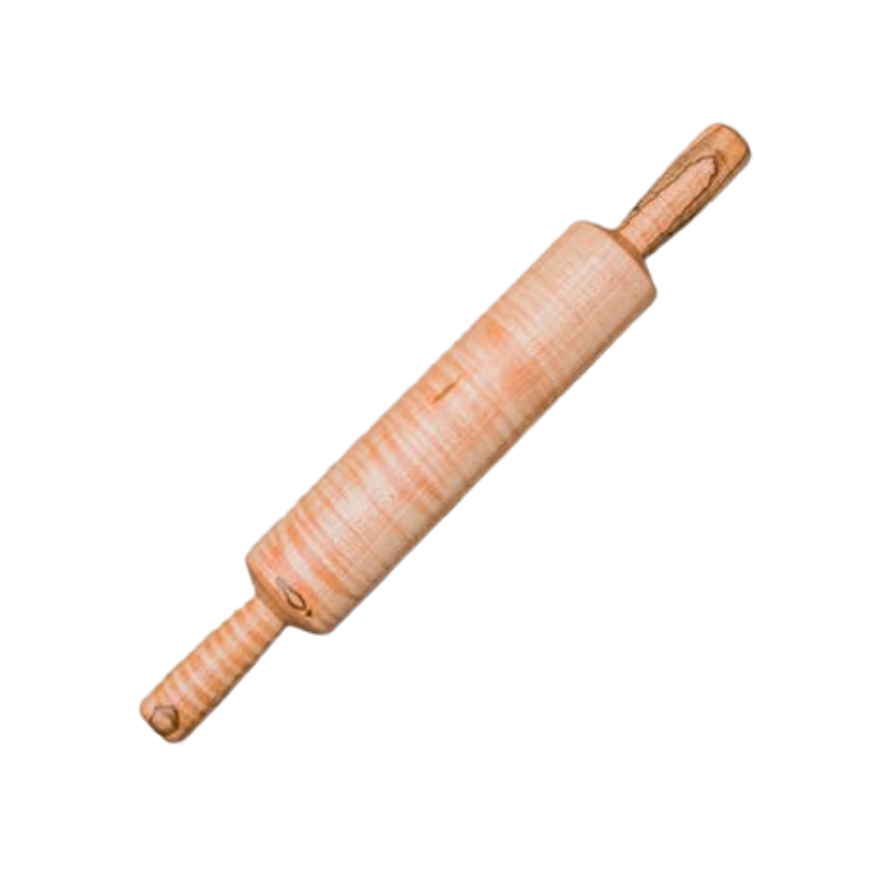
Rolling pins are useful for rolling dough flat.
Rolling pins are an example of a wheel and axle.
The handles of the rolling pin are the axle and the roller is the wheel. When the handles are turned they turn the roller.
Related Post: 12 Wheel and Axle Examples at Home
9. Kitchen mallet
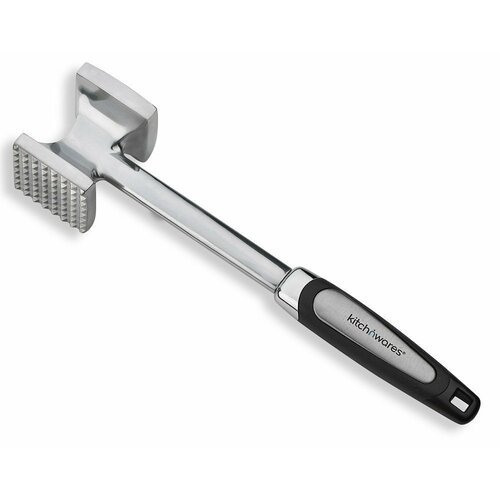
A kitchen mallet is used to tenderize meat by pounding it.
Modern kitchen mallets make it easier to tenderize meat because of their spiked surfaces.
The spikes are wedges. When force is applied the spikes are driven into the meat.
10. Vegetable peeler
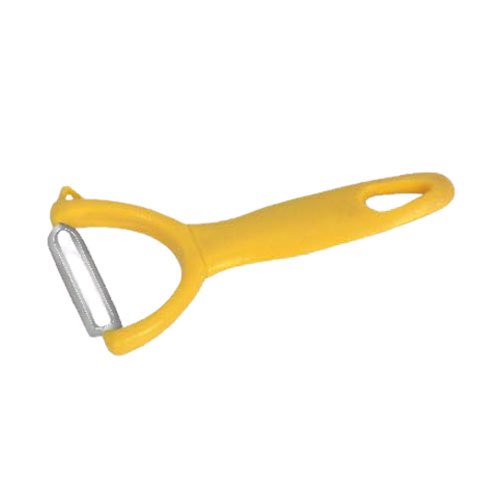
We use vegetable peelers to peel vegetables and fruits when preparing them in the kitchen.
Vegetable peelers are an example of a wedge.
Their blades are tapered to form a sharp edge. This edge peels off layers of fruits or vegetables when force is applied to the blade to drive it across the surface of the fruit or vegetable.
Closing Thoughts
Simple machines are everywhere. These simple devices provide a mechanical advantage that makes our work easier.
The examples above show that simple machines are used widely in the kitchen.
Can you think of more examples of simple machines in the kitchen?
Image sources: 1, 2, 3, 4

